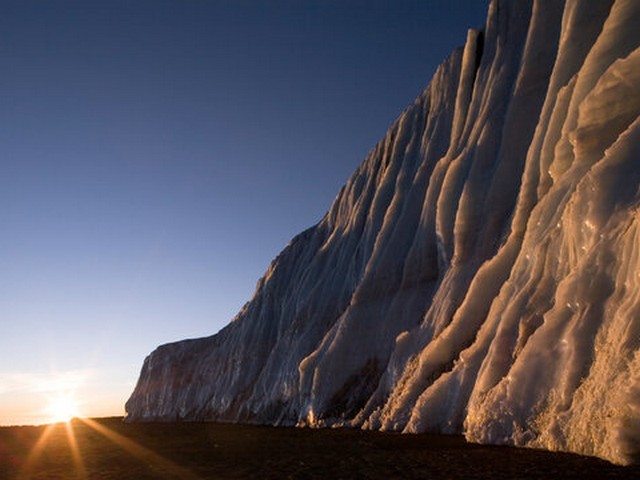How To Capture Stunning Kilimanjaro Summit Photos
Reaching the summit of Mount Kilimanjaro is a dream for many adventurers worldwide. Standing proudly as Africa’s highest peak, Kilimanjaro is not only a testament to the spirit of adventure but also a paradise for photographers aiming to capture the awe-inspiring beauty of this majestic mountain. In this blog post, we will guide you through the essentials of capturing the most stunning summit photos that will forever remind you of the triumph and beauty of your climb. Embark on this journey with us at Kilimanjaro Centre for Trekking and Ecotourism (KCTE) and make your experience unforgettable.
Preparing for Your Photographic Journey
Understanding the Landscape
Mount Kilimanjaro is unique, with its snow-capped peak, rugged terrain, and diverse ecosystems. Knowing the landscape helps in planning your shots. Research the different routes and their scenic points. Each route offers distinct viewpoints and natural lighting conditions, essential for high-quality photography.
Choosing the Right Equipment
When it comes to photography, the right equipment makes all the difference. For Kilimanjaro, opt for a lightweight, durable camera that can withstand cold and altitude. A good DSLR or a mirrorless camera with a versatile zoom lens (24-70mm or 70-200mm) is ideal. Don’t forget spare batteries; they drain faster in cold weather.
Mastering Camera Settings
To ensure clear, sharp images, familiarize yourself with your camera’s settings:
- Aperture: A smaller aperture (higher f-number) gives a greater depth of field, keeping more of the landscape in focus.
- Shutter Speed: Use a faster shutter speed to capture clear, blur-free images, especially useful for windy conditions or moving subjects.
- ISO: Keep the ISO as low as possible to reduce noise, but don’t hesitate to increase it in low-light conditions, especially during sunrise or sunset.
Capturing the Summit: Tips and Techniques
The Golden Hours
The best photos of Kilimanjaro often come during the golden hours—shortly after sunrise or before sunset. The soft, diffused light enhances the mountain’s textures and colors, providing a perfect backdrop for your summit photos.
Composition and Perspective
Play with different compositions to add interest to your photos:
- Rule of Thirds: Place key elements of your scene along the lines or at the intersections of a nine-part grid.
- Leading Lines: Use natural lines, such as paths or ridges, to lead the eye into the picture.
- Framing: Frame your shot with natural elements like trees or rocks to add depth.
Capturing the Human Element
Include your fellow climbers or a guide in your shots to add scale and a personal touch that tells a story. Action shots, like celebrating at the summit, can evoke strong emotional responses.
Weather and Environmental Considerations
Weather on Kilimanjaro is unpredictable. Be prepared to protect your equipment against moisture and dust. Also, be flexible with your shooting schedule, as sometimes waiting out a storm can result in spectacular post-storm shots.
Post-Processing Your Photos
Enhance your raw images to bring out the best in them:
- Adjust Exposure and Contrast: Brighten shadows, darken highlights, and increase contrast to make your images pop.
- Color Correction: Adjust colors to reflect the true beauty of the scenery, keeping in mind the natural lighting conditions when the photo was taken.
- Sharpening: Apply a slight sharpen to restore detail that might have been lost during the shoot.
Why Choose KCTE for Your Kilimanjaro Adventure?
At Kilimanjaro Centre for Trekking and Ecotourism (KCTE), we not only promise exhilarating climbs but also ensure that you have the best opportunities to capture the journey. Our guided tours are designed with photo enthusiasts in mind, providing ample time and expert advice for capturing those perfect summit shots.
Frequently Asked Questions
What is the best time of year to photograph Kilimanjaro?
The best times are during the dry seasons, from late June to October and from late December to early March, when the skies are clear and the visibility is best.
Can I rent photography equipment at KCTE?
Yes, we offer rental services for high-quality photography equipment suitable for the Kilimanjaro environment.
Are there photography workshops available during the climb?
Yes, we occasionally offer workshops focused on mountain photography. These are conducted by professional photographers experienced in high-altitude shooting.
How physically prepared should I be?
While you don’t need to be a professional athlete, a good level of physical fitness is necessary. Conditioning your body will help you enjoy the trek and focus more on your photography.
Conclusion
Capturing stunning photos from the summit of Kilimanjaro is an enriching experience that complements the exhilarating adventure of the climb. Remember, it’s not just about the photos, but the unforgettable memories you create during your journey to the roof of Africa. Ready to take on the challenge and immortalize your adventure in breathtaking images? Book your Kilimanjaro climbing adventure with Kilimanjaro Centre for Trekking and Ecotourism (KCTE) today, and take the first step towards a journey that’s as visually rewarding as it is inspiring.
Embrace the adventure, capture the beauty, and tell the story of Kilimanjaro through your lens. Join us, and let’s make those summit dreams come true, one click at a time.




